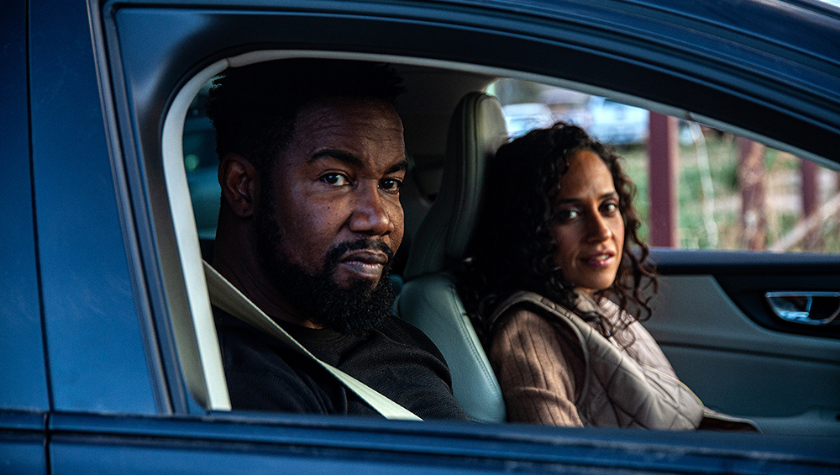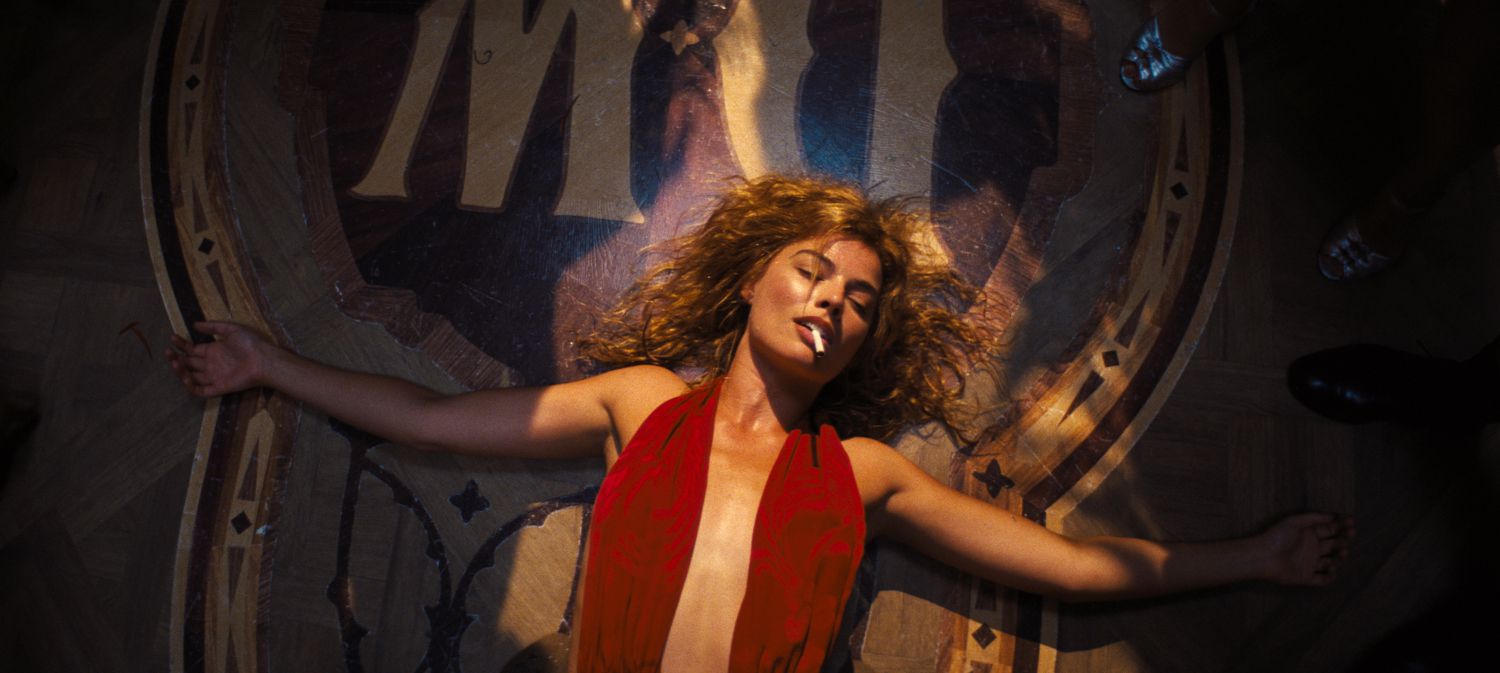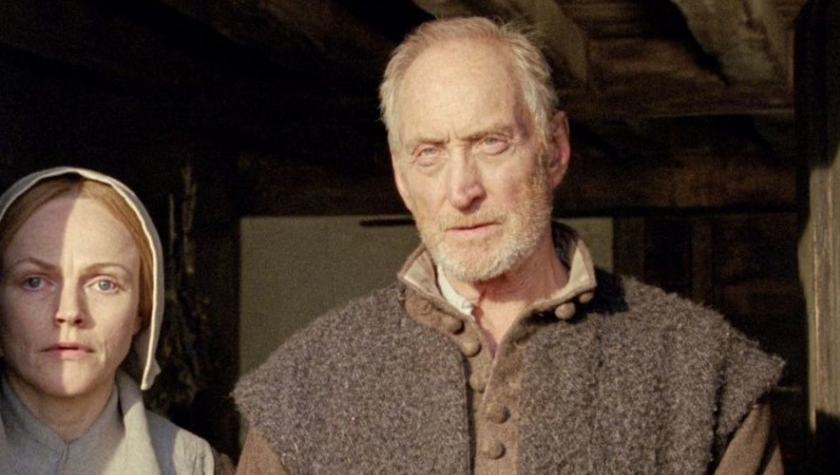5 Screenwriting Takeaways: 'The Courier' Delivers a High Stakes Cold War Thriller
March 19, 2021
The Courier is the story of how an everyman helps change the course of history. In 1960, a British salesperson becomes a reluctant spy alongside his Soviet source, sneaking out vital nuclear information in the midst of the Cold War. Written by Tom O’Connor (The Hitman’s Bodyguard), this historical-thriller starts as a bit of a slow-burn, gaining momentum as it draws its viewers into a gripping Cold War spy game.
Here are the top five takeaways form The Courier for screenwriters.
1. The set-up
There are two parts of the set-up that screenwriters can take away from how The Courier begins. The first is setting up the world. Within the first few moments of the film, we’re greeted by on-screen text explaining the setting we’re about to enter — the United States and the Soviet Union are in a nuclear arms race and the world seems to be on the brink of destruction.
This is a quick introduction to the story we’re about to watch and provides the audience with the historical context of the film. Plenty of films do it, the Star Wars saga being the most famous, so it’s a great way to show exposition — but only when absolutely necessary.
The other notable set-up is the lead character. Greville Wynne (Benedict Cumberbatch) is seen as just your average British citizen. He’s a good businessman, plays a mediocre golf game, and goes home to a wife and child. The writer sets up that this guy does not lead anything close to a dangerous life. “You’re an ordinary salesman with no connection to the government,” CIA officer Emily Donovan (Rachel Brosnahan) says to Greville.
To pile it on, MI6 officer Dickie Franks (Angus Wright) adds, “You’re a middle-aged businessman who drinks a bit too much and isn’t exactly in top shape. In the war, you were a private who didn’t see combat. You are the last person we would send if this was dangerous.”
But that's also excactly what makes him attractive to MI6 and to the CIA who recruit him as a courier to a Soviet officer who wants to prevent a nuclear conflict between the United States and the Soviet Union.
As a viewer, we know things are not going to go according to plan, and makes Greville, while based on a real person, someone we can empathize with, if not see ourselves directly in his shoes.
2. Different viewpoints
O’Connor has given us two different world views with which to absorb the story. When Greville heads to Moscow for the first time and meets with Oleg Penkovsky (Merab Ninidze), the Soviet officer, it feels gray and quiet. Greville is told that his room is likely bugged, adding to the sense of suspicion. Greville and Oleg head to a sophisticated evening at the ballet where Oleg is acknowledged by a high-level Soviet official.
To contrast this, when Oleg visits London the world is loud and Western. He looks out at the flashing lights of clubs and movie theaters, while at the bar there’s plenty of drinks going around, dancing and singing, all of which causes another Soviet associate to lean over and state to Oleg, “This is why they’re weak.”
The juxtaposition of a looser world versus a stricter one, more freedom versus suspicion, and those who live a life in which feelings are on display versus one where emotions are hidden.
3. Setting up the stakes
It was one thing to send Greville to Moscow one time and have it a success, but what happens when they want him to go again? Remember, our reluctant hero isn’t an action junkie. He’s comfortable in his life and so he refuses.
Therefore, the stakes must go up. Emily upends Greville’s reality to raise the stakes. He knows that nuclear war is a possibility, but the reality seems more like a distant worry. That’s when Emily brings up how there would be just a four minute warning should the Soviet Union launch a nuclear weapon toward London — not enough time to get to his wife at home or his son at school, or even get to a decent bomb shelter because, she implies, there’s no civilian shelter that is that good.
And if that weren't enough, Oleg indicates that he believes in Greville enough to risk his life for the cause.
Greville’s original reasoning centering on intrigue and a safe sense of adventure turns to obligation, and so he concedes.
4. Raising the stakes
Greville understands what’s at stake on a global scale should he not continue helping. But what of his personal stakes should things go awry? The Soviet Union is testing stronger weapons and tensions with the West as growing. As Oleg continues passing critical secrets to Greville, the consistent returns to Moscow seem increasingly more dangerous, causing rising stress in his personal life to the point that he takes his tension out on his family.
The writer shows us how Greville is managing this situation, drawing the viewer into how much continued risk he puts himself in. As the writer raises the stakes, our investment and interest in the outcome rises as well.
5. True stories can have a Hero’s Journey
The Hero’s Journey has been used to tell the story of many classic characters, the most famous likely being Luke Skywalker. But a writer can use the Hero’s Journey method in telling a story based on a true event, as well. Here are a few of the steps to go along with some of the scenarios I mentioned above:
1. Ordinary world: Greville’s life before being enlisted to work for MI6 and the CIA.
2. Refusal of the call: Greville doesn’t believe he should continue going to Moscow even though he can directly help avoid a nuclear conflict.
3. Meeting the Mentor: Oleg is his mentor, guiding Greville through what he needs to know about working in Moscow and helps him along the way.
These are just a few examples of the Hero’s Journey within The Courier, but you get the idea of how this method can be used to tell a historical-based story.
The Courier is now playing in theaters.
Written by: Steven Hartman
Steven Hartman is an award-winning, optioned screenwriter. He was a Top 5 Finalist in Big Break’s Historical Category in 2019 and won Best Action/Adventure in Script Summit’s Screenplay Competition in 2021. He holds a Bachelor of Arts degree from Columbia College and had internships at Jerry Bruckheimer Films and Village Roadshow Pictures. Steve is a full-time writer and creative video producer by day and a screenwriter and novelist by night.- Topics:
- Discussing TV & Film




